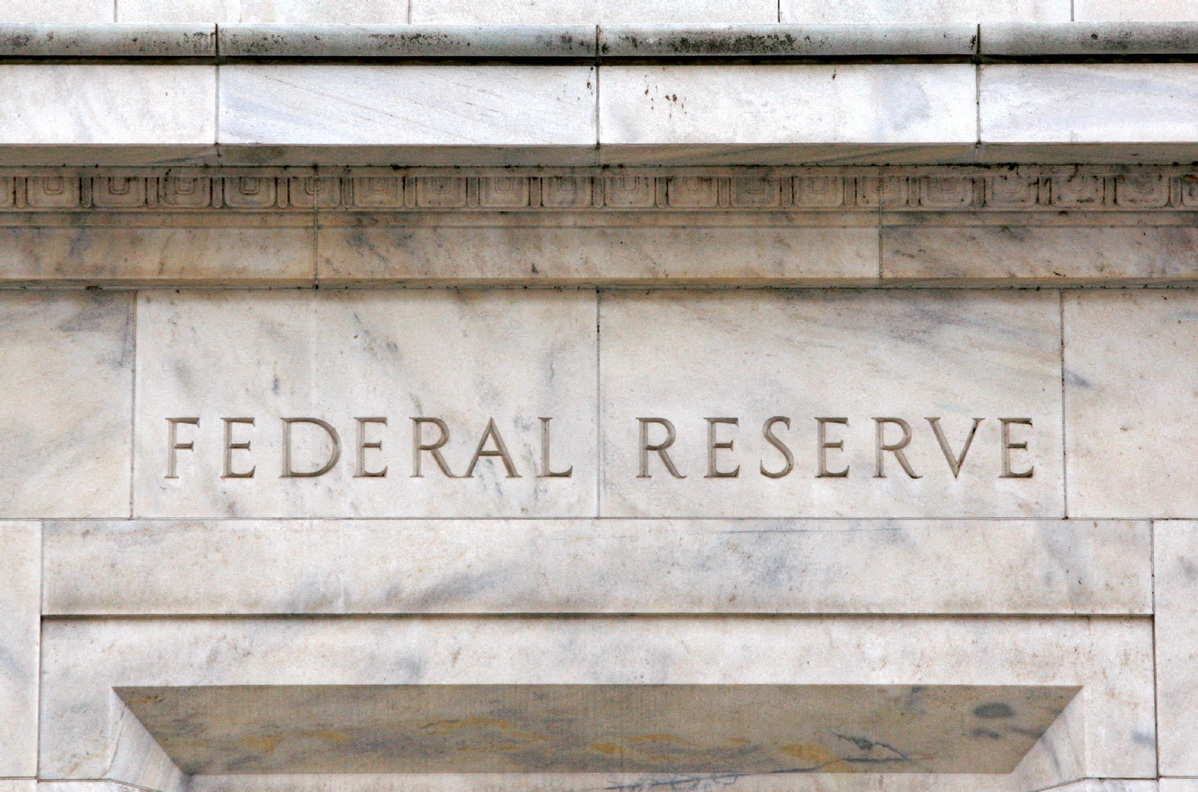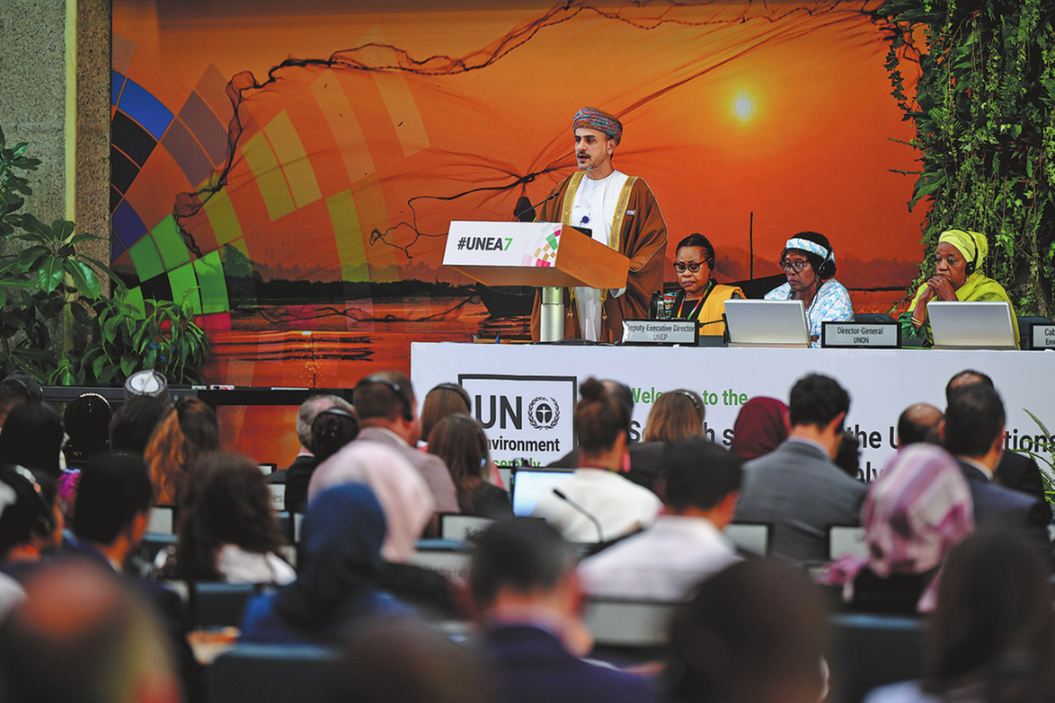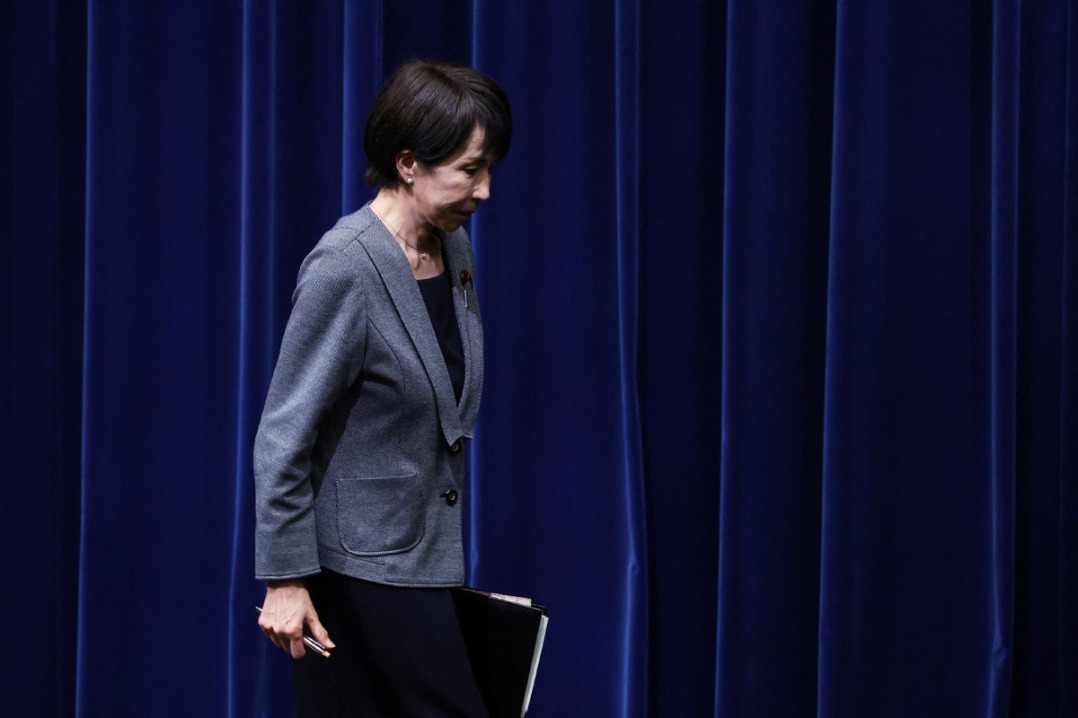Fed signals a halt in rate hikes, but no relief yet for consumers


The US Federal Reserve announced on Wednesday that it would keep the target range of the federal funds rate unchanged at 5-5.25 percent, following a slew of consecutive hikes since March 2022 that have raised federal benchmark interest rates from 0-0.25 percent to the current level, with a cumulative increase of 500 basis points.
"Holding the target range steady at this meeting allows the committee to assess additional information and its implications for monetary policy," the Federal Open Market Committee said in a statement issued after a two-day policy meeting.
A halt in interest rate hikes was widely expected as the year-on-year growth rate of the consumer price index in the United States dropped to 4 percent in May from 9.1 percent in June 2022.
Given that the current inflation level in the US is still higher than the 2 percent the Fed has said it is committed to, market analysts believe that the Fed might still raise interest rates by 50 basis points through two rate hikes. However, the market is divided on whether the Fed will raise it in July or September.
The Fed's economic outlook released on the same day showed that the median forecast for this year's core personal consumption expenditures price index rose to 3.9 percent from 3.6 percent in March, the median forecast for this year's real GDP growth rose to 1 percent from 0.4 percent in March, and the median forecast for this year's unemployment rate fell to 4.1 percent from 4.5 per cent in March.
How the Fed will confirm the final rate hike target will depend on the US' economic growth prospects and inflation forecasts. The Fed is supposed to try to strike a balance between short-term risk prevention with long-term inflation control.
Despite the pause in rate hikes, it will not lower US citizens' borrowing rates, especially for their variable-rate debt such as credit cards and home equity lines of credit. High inflation and a strong labor market mean the Fed is nowhere near cutting rates in the near future.
Even if the Fed does not raise interest rates further, borrowers will still face high rates in the coming months. High interest rates on auto loans, credit cards and mortgages have left consumers in the US with less cash in hand, which is difficult for the US policymakers to cure.


































